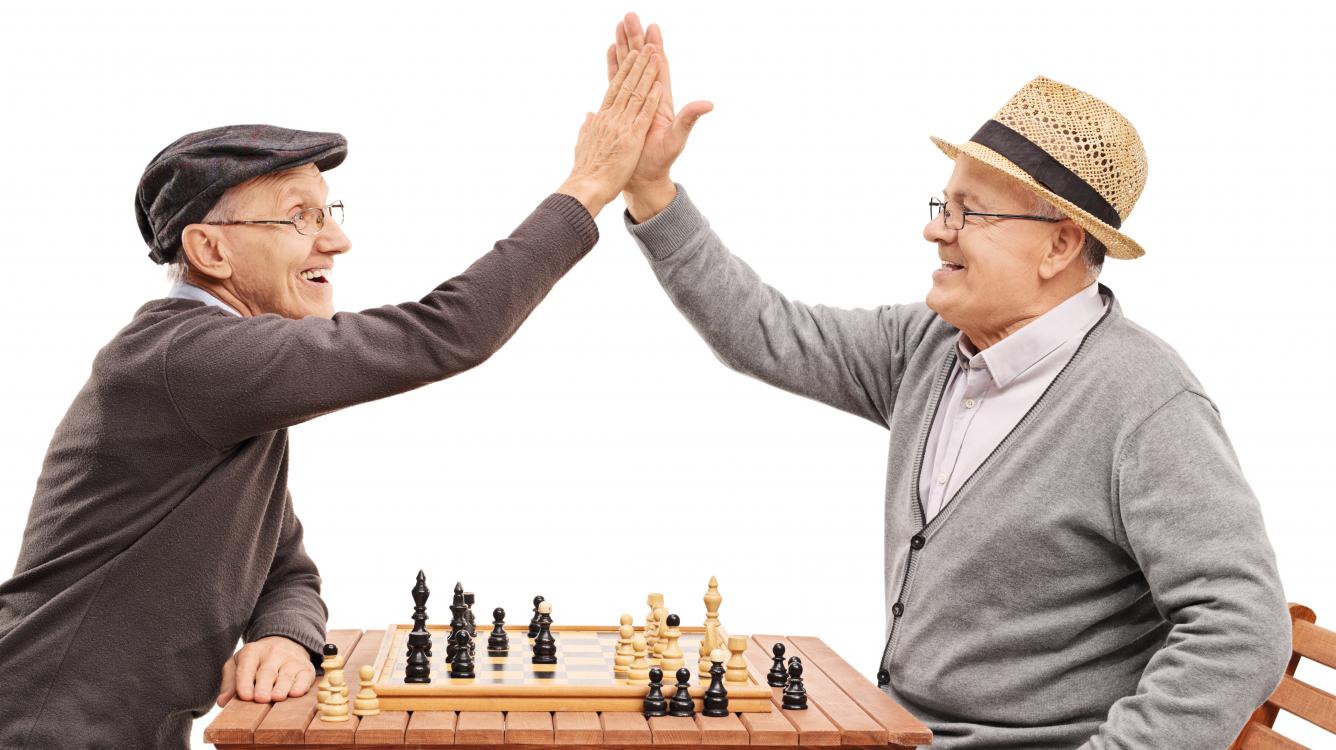
The Joy Of Reviewing Chess Games
One of the great joys of chess is to sit back, relax, and review a game filled with subtle maneuvers or insanely wonderful tactics. At times, the game might be a masterpiece. At other times, the game might offer only one incredible moment, but that moment may amaze you or teach you something of great importance. Though the non-chess playing masses often view chess games as dull, placid affairs, we chess addicts see tremendous beauty in these games.
However, from time to time, I see comments from non-masters who seek to toss a game in the garbage if there is the slightest imperfection. These deluded individuals, who really aren’t good enough to notice such imperfections on their own, are informed of the error from grandmaster annotations and/or computers.
Indeed, using a computer to look at a brilliant or instructive game often shows us one mistake after another.

Yes, it says 23.Nb6?? was .003 pawns worse than 23.a4!!
In general, when I see such “errors” (Houdini, Komodo, and Stockfish love to smirk at us from their cold, lifeless computer platforms), I ignore them. Many computer moves are inhuman, and others simply don’t matter. Playing the second, third, or even fourth best move instead of the best move is often completely unimportant. And, if it’s a famous game known for its instruction, then it’s worth its weight in gold and damn the mistakes that occurred earlier or later.
Here’s a great example. First, quickly play over this game.
I think anyone that looked at this would realize it was one hell of a fight! There’s enormous pleasure in seeing two of the best players in the world spitting at boring draws and battling it out without fear of defeat.

Break on through to the other side!
What can this game teach us? Well, even without notes we might learn:
- Play every game to win, no matter who you are playing.
- If you play in a cowardly way, you’ll never reach your potential.
- Defeats are often extremely instructive.
However, notes by strong players are extremely helpful, even if the analysis is wrong! For example:
Puzzle:
Can you see why 41...f4 loses? This one is very difficult to find, so giving up (after you give it a shot) is perfectly acceptable.
Pachman's analysis was (in this case) wrong, but the refutation was a bit of a gift since it showed us something very nice.
Mistakes in analysis were unavoidable in the days before computers, and even now, with all the chess engines one could want, analytical errors are still quite common.
This Lasker game is filled with great moves and unfortunate (but unavoidable) errors. I say unavoidable since a game this complex, with the clock running and nerves bending your mind, always leads to errors.
Some moves were vilified (in analysis) when they were, in truth, the best choice! Does it diminish the game as a whole? Not at all. The game is filled with so many interesting moments that it’s a treasure trove for those that wish to study dynamic chess.

World Champion Emanuel Lasker.
For example, let’s look at the same game after White’s 19th move.
Though I prefer Black here, there’s still tons of chess to be played, and anything can happen. How did Black turn things around? Instead of passively defending on the kingside, he sacrificed his extra pawn and pushed his own agenda on the queenside.
Amateur’s tend to panic when their king is attacked, but experienced players (masters on up) understand that if you submit to your opponent’s plans, you’ll almost always lose. Thus, do what needs to be done to stop mate, but don’t forget what the position wants you to do! Your agenda needs to remain in your mind at all times, and you should be ready to make use of it as soon as possible.
Here’s an error that is seen quite often: One side plays like a chess god, but at the end makes a mistake that allows the opponent to save the game and draw or even win. Should we ignore the beauty of the earlier play due to the sad error at the end? The following very famous and very instructive game by Fischer is a great example, except that his opponent failed to take advantage of the mistake.
Puzzle:
Reshevsky (and everyone else on earth) was sure that his position was completely lost, so he folded on move 35 to the perceived inevitable.

Perhaps the 10-year old prodigy Reshevsky would have found salvation. Never underestimate the guts of youth.
However, let’s give you a chance to see if you can figure out how Black could have saved the day.
Did White’s moves on 34 and 35 ruin the game? Not at all. It’s still a template for how to create and punish weak squares, and it’s still wonderfully instructive. It was a classic before the hidden draw was discovered, and it’s still a classic today.
Now we come to non-masters. They too (from time to time) play games of great beauty or games of rabid ferocity.
The following sparkling game, played by a Chess.com member (though this game was played over the board Norway), is tremendous fun. Your mission, Mr. Phelps (or Alice, or Sam, or Tina, or anyone and everyone), if you choose to accept it, is to simply get comfortable and enjoy the tremendous courage and attacking acumen that White showed. Are there errors? Sure. But who cares!
Mr. Ulekleiv, though a chess engine will point out the mistakes (for both sides) and the various pretty variations (and there are quite a few), you deserve applause for daring to stand up and show no fear whatsoever against a significantly higher-rated player. Many players never get to play a game like this. You should be proud of your achievement.






